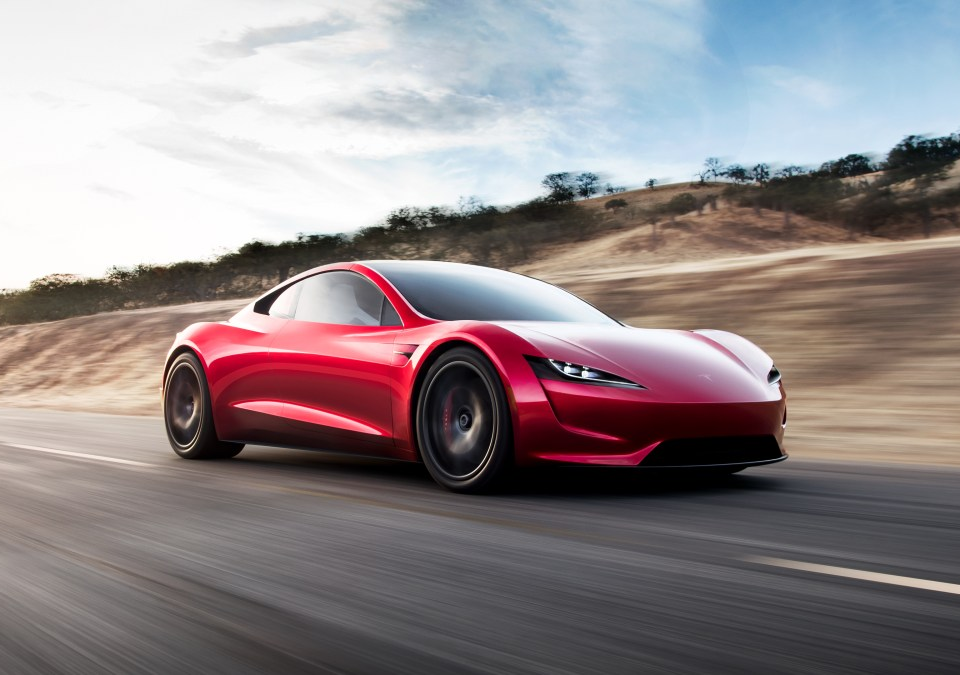
Analytics, AI and robotics help MLB teams get a step closer to a perfect pitching machine
August 27, 2022
The Station: Porsche IPO demand accelerates and more micromobility layoffs
August 29, 2022
Tesla is coming under fire from federal and state regulators over both the safety and the capabilities of its Autopilot advanced driver assistance system.
The National Highway Traffic Safety Administration (NHTSA) asked Tesla on Thursday to answer questions about its cabin camera as part of an ongoing probe into 830,000 Tesla vehicles that include Autopilot. Tesla says the cabin camera is built with a driver monitoring system that can determine if a driver isn’t paying attention and send them noise alerts as a reminder to keep their eyes on the road while Autopilot is engaged.
After previously relying on a system that could detect when a driver’s hands were on the steering wheel, Tesla introduced its camera-based driver monitoring system in May last year.
The NHTSA probe also demanded information about how Tesla generates its quarterly safety reports, which a recent report from the Virginia Transportation Research Council found to be misleading.
Separately, in late July, California’s Department of Motor Vehicles accused Tesla of falsely advertising its Autopilot and so-called “full self-driving” (FSD) system, another more advanced ADAS that costs drivers an additional $12,000 for automated driving features like the parking feature Summon or Navigate on Autopilot, which navigates cars from a highway on-ramp to off-ramp.
Tesla responded Thursday by asking the California DMV for a hearing to present a defense against the claims that it misled prospective customers. According to the DMV’s process for dealing with accusations, Tesla is within its rights to request a hearing to defend itself. This might lead to a settlement discussion between the department and Tesla, after which the DMV will set a hearing with the Office of Administrative Hearings, according to a DMV spokesperson.
The increased heat on Tesla comes as NHTSA investigates 16 crashes in which Tesla owners were potentially engaging Autopilot and then crashed into stationary emergency vehicles, resulting in 15 injuries and one fatality.
NHTSA’s nine-page letter demands that Tesla respond by September 19 to a variety of requests — like the role that Tesla’s cabin camera plays in enforcing driver engagement and detailed descriptions of how the automaker designed and engineered the system that enforces driver engagement and attentiveness, “including the evidence that justifies the period of time that the driver is permitted to have their hands off the steering wheel before receiving a warning…”.
NHTSA also asked Tesla to identify each lawsuit in the U.S. involving Tesla in which a party alleged that a motor vehicle crash was related to Autopilot, and to describe the process and methodology for Tesla’s vehicle safety reports.
Tesla has until October 12 to send detailed information from either the CAN logs or video/data clips regarding each incident vehicle on a separate list provided by NHTSA. The information NHTSA is looking for includes the amount of time Autopilot was engaged, the road class at the time of impact and data on both the system and the driver’s behavior just before impact.
NHTSA told TechCrunch it cannot comment on open investigations, but that the agency “routinely sends information request letters as part of its investigative process.”



